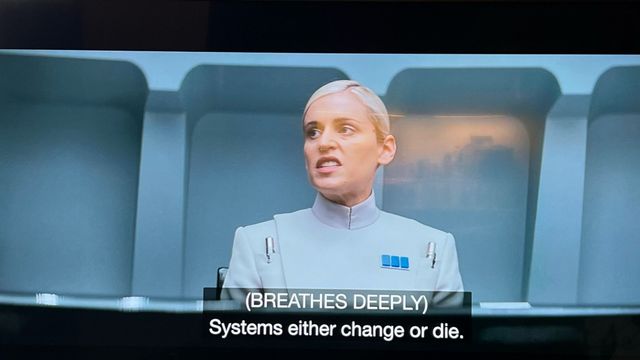
I’ve spent the past decade mostly in the public sector, with one foot always planted in tech. I see both sides. But the thing that actually matters is delivery. You have to ship things that work for real people. Full stop.
Lately I’ve been hearing a lot of people talk about civic tech in this new DOGE-era moment — this idea that maybe what we’ve been missing all along is permission. That if we’d been allowed to break the rules, act with impunity, and bulldoze the bureaucracy like the current wave is doing, maybe things would’ve turned out differently.
It’s not a thought I haven’t had myself. But it’s also not the right one.
Because the real question isn’t “what if we could’ve acted with impunity.” The real question is: what if the actors were aligned? What if we could remove blockers without wrecking the whole machine? What if the people doing the work didn’t have to spend all their time proving it mattered, just to earn the right to keep doing it?
What if the simple stuff could take days instead of months? What if we spent less time pitching and more time fixing? What if trust wasn’t something we kept asking for, but something we got to build, out loud, in the open, with visible progress?
There’s so much pent-up political energy for moonshots. While we debate, futures get diminished. What we need to understand about delivery is that it takes choosing the right projects to focus on, solving them, and then increasing velocity. In public projects, success builds trust. For too long, civic tech has been content to work on the hidden stuff nobody can see — celebrating the underground infrastructure while ignoring the visible, the experiential. There’s a public game happening and we’re not winning it.
To me, there’s a direct relationship between atomization, platform economies of scale, and technology’s obsession with frictionless interactions — all driven largely to get us to consume more. Without bogging this down, I’ll just say: we need to stop talking about tech and start talking about the public mechanics — how tools, platforms, software, middleware, and systems shape the way we govern daily life.
A lot of the hot takes I’m seeing about the “post-DOGE” civic tech moment miss how layered this work really is. There are folks who want to work at the top — at the level of policy and power — where ideas scale big but never touch ground. That’s fine. But that space doesn’t speak for the work. Most people doing delivery don’t need to be in those rooms. What we need is alignment across levels: town and gown, shop floor and strategy deck. And that requires leaders who listen. Not just to users. To the people inside the systems. The ones still trying to make things work.
And here’s the part I wish more people would name plainly: intention matters. You cannot take people who fundamentally oppose public services and believe they’re going to fix them in good faith. If you do, you’ll get something worse than what we had before. A simulation of access. A broken interface. A gate dressed up as a welcome mat.
It’s hard to sit through panels full of civic tech veterans high-fiving themselves for projects that didn’t lead to resilience. It’s harder still to hear people say we just need to scale what we’ve already done, when what we’ve already done wasn’t enough.
The path forward isn’t one big fix. It’s not a moonshot. It’s a lot of small, durable, iterative things. It’s better signage, faster forms, clearer decisions, more time to fix the plumbing. It’s permission to try. And funding to keep going. It’s building in the open without needing a spotlight to prove the work is real.
Months ago I said I was on my last thread talking about civic tech. The movement failed in ways we don’t want to admit. The user-blaming. The love of flashy launches. The allergic reaction to maintenance. The unwillingness to see that the hard part of making public life work is mostly boring. Mostly repetitive. Mostly thankless.
But it matters.
What we need now isn’t a rebrand. It’s a reorientation. Toward the actual mechanics of how things work. Toward the people still trying to hold it together. Toward a practice that doesn’t center itself in crisis or novelty, but in function, repair, and care.
That’s what I want to build. That’s what I’m here for.
 The Bureaucratic Banality of Andor
The Bureaucratic Banality of Andor